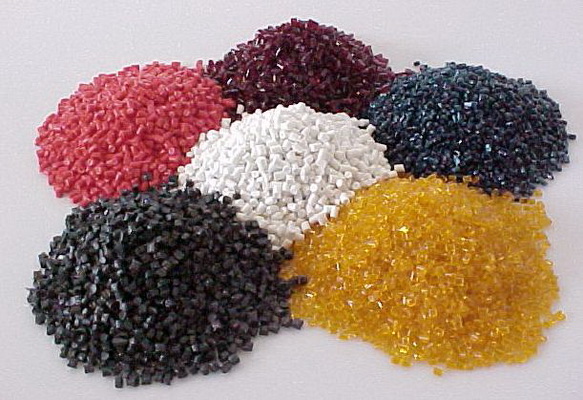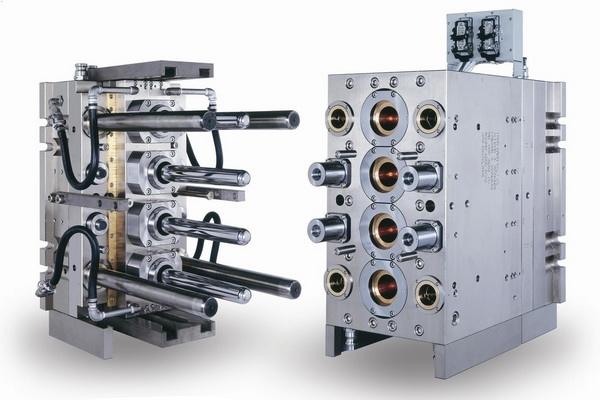What Is Injection Mold And Why It Is Important
Injection molding is a manufacturing process widely used for producing items from toys and plastic trinkets to automotive body panels, water bottles, and cell phone cases. A liquid plastic is forced into a mold and cures - it sounds simple, but is a complex process. The liquids used vary from hot glass to a variety of plastics - thermosetting and thermoplastic.
History
The first injection molding machine was patented in 1872, and celluloid was used to produce simple everyday items such as hair combs.
Just after the Second World War, a much-improved injection molding process - 'screw injection' was developed and is the most widely used technique today. Its inventor, James Watson Hendry, later developed 'blow molding' which is used for example to produce modern plastic bottles.
Types of plastic
The plastics used in injection molding are polymers - chemicals - either thermosetting or thermoplastic. Thermosetting plastics are set by the application of heat or through a catalytic reaction. Once cured, they cannot be remelted and re-used - the curing process is chemical and irreversible. Thermoplastics, however, can be heated, melted and re-used.
Thermosetting plastics include epoxy, polyesterand phenolic resins, whilst thermoplastics include nylon and polyethylene. There are almost twenty thousand plastic compounds available for injection molding, which means that there is a perfect solution for almost any molding requirement.
Glass is not a polymer, and so it does not fit the accepted definition of thermoplastic - though it can be melted and recycled.

The Mold
The making of molds has historically been a highly skilled craft ('die-making'). A mold is usually in two main assemblies clamped together in a press. Making a mold often requires complex design, multiple machine operations and a high degree of skill.
The tool is usually steel or beryllium copper which is used for mold making requires heat treatment to harden it. Aluminum is cheaper and easier to machine and may be used for shorter run production. Nowadays, computer controlled milling and spark erosion ('EDM') techniques have enabled a high degree of the automation of the process of mold manufacturing.
Some molds are designed to produce several related parts - for example, a model airplane kit - and these are known as family molds. Other mold designs may have several copies ('impressions') of the same article produced in one 'shot' - that is, one injection of plastic into the mold.
How Injection Molding Works
There are three main units which make up an injection molding machine - the feed hopper, the heater barrel, and the ram. The plastic in the hopper is in granular or powder form, though some materials such as silicone rubber may be a liquid and may not require heating.
Once in hot liquid form, the ram ('screw') forces the liquid into the tightly clamped mold and the liquid sets. More viscous molten plastics require higher pressures (and higher press loadings) to force the plastic into every crevice and corner. The plastic cools as the metal mold conducts heat away and then the press is cycled to remove the molding.
However, for thermosetting plastics, the mold will be heated to set the plastic

Advantages of Injection Molding
Injection molding enables complex shapes to be manufactured, some of which might be near impossible to produce economically by any other means.
The wide range of materials enables almost exact matching of the physical properties required by the article, and multi-layer molding enables tailoring of mechanical properties and attractive visual appearance - even in a toothbrush
In volume, it is a low-cost process, arguably with minimal environmental impact. There is little scrap created in this process, and scrap that is produced, and is re-ground and re-used
Disadvantages of Injection Molding
The investment in tooling - making the mold - typically requires high volume production to recover the investment, though this does depend on the particular article.
Producing the tooling takes development time and some parts do not readily lend themselves to a practical mold design.
The Economics of Injection Molding
A high-quality mold, although of relatively high cost, will be capable of turning out hundreds of thousands of 'impressions'.
The plastic itself is quite inexpensive and despite the energy required to heat the plastic and cycle the press (to remove each impression), the process can be economic for even the most basic items such as bottle caps.
Cheap injection molding has led ultimately to disposability - for example of razors and ballpoint pens.
With several hundred new plastic compounds being developed each year and modern mold-making techniques, injection molding is certain to continue increase in use over the next fifty years. Although thermosetting plastics cannot be recycled, their use, particularly for high precision components, is also set to grow.





